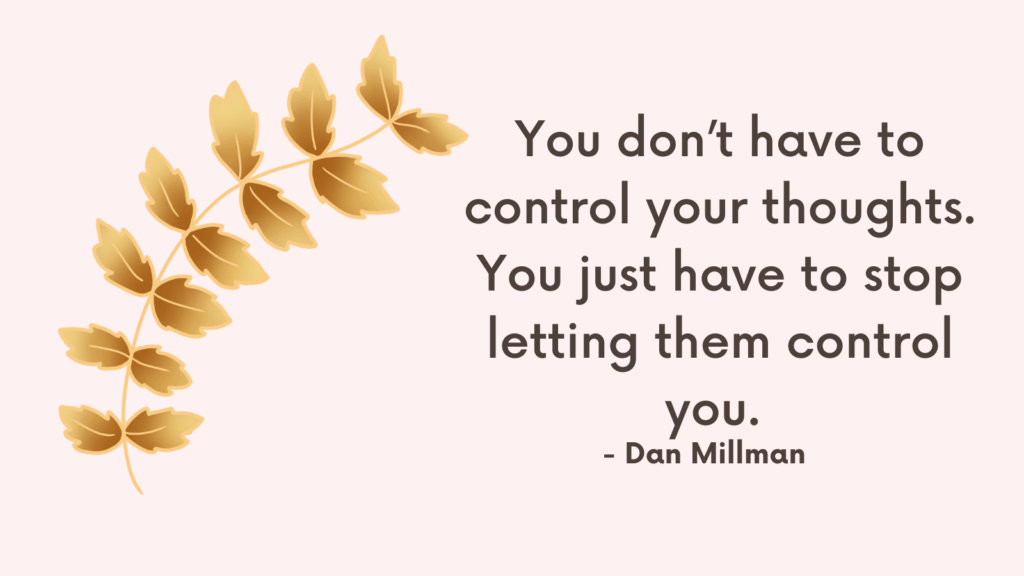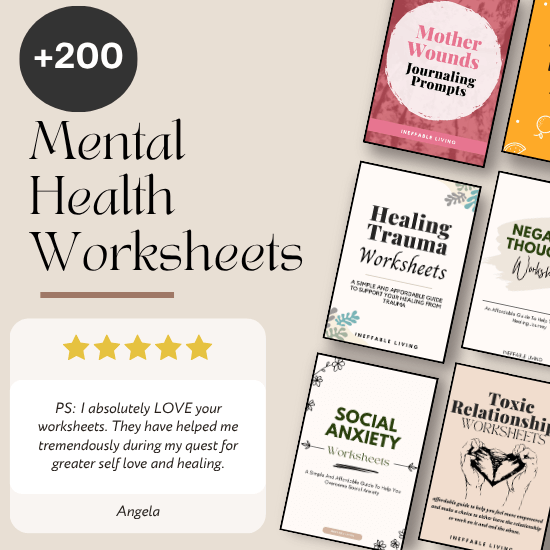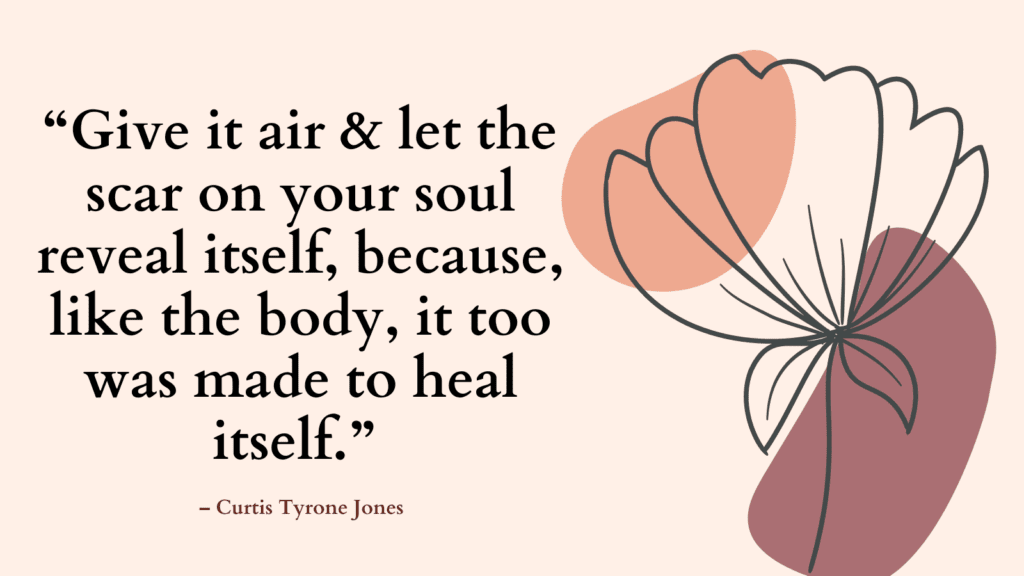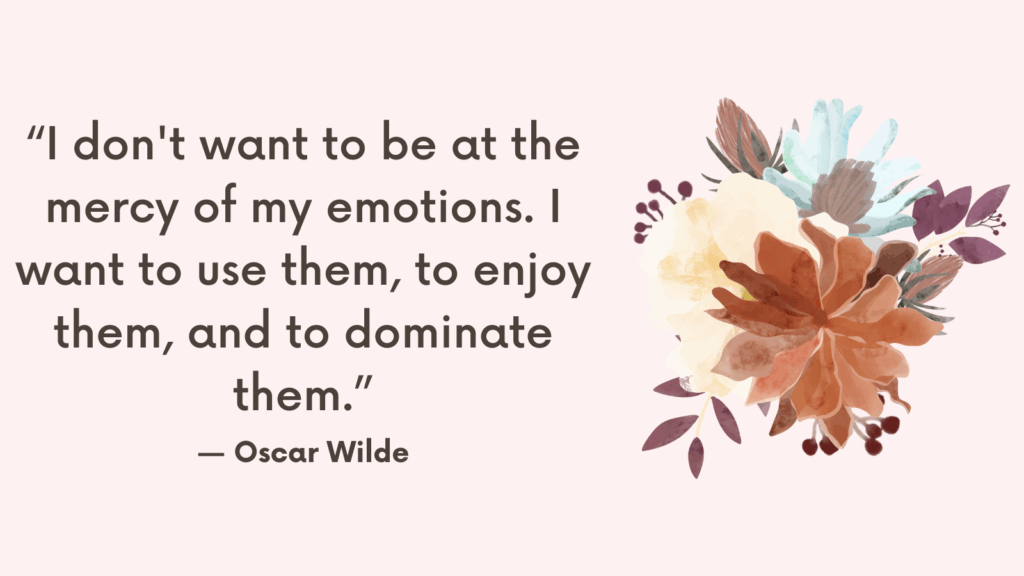When the world feels unpredictable, dangerous, or overwhelming, it’s natural to feel unsettled. But cultivating an inner sense of safety helps you stay grounded and resilient—no matter what’s happening around you.
Signs You’re Operating From a Threat Response
The threat response is your body and mind’s automatic reaction to perceived danger. While it’s helpful in true emergencies, many people unknowingly live in this state daily due to chronic stress, trauma, or anxiety. Recognizing the signs can help you shift back into safety and calm.
1. You’re Constantly on Edge: You feel hyper-alert, jumpy, or easily startled—even by minor triggers. Your body remains in a state of high vigilance, scanning for danger that may not be there.
2. Your Breathing Is Shallow or Fast: When the body perceives a threat, it switches to rapid, shallow breathing. You may also find yourself holding your breath without realizing it.
3. You React Instead of Respond: You snap at others, shut down emotionally, or feel a rush of panic before thinking. Your reactions are quick, impulsive, and emotionally charged.
4. You Feel Disconnected or Numb: Some threat responses lead to shutdown rather than activation. You might feel foggy, detached from your body, or like you’re observing life from the outside.
5. You Can’t Focus or Make Simple Decisions: The prefrontal cortex—responsible for thinking and planning—goes offline during a threat response. You may struggle with concentration, forgetfulness, or indecision.
6. You Overanalyze Conversations and Situations: You replay interactions, search for hidden meanings, or assume others are angry or disappointed in you. This mental scanning mimics the brain’s attempt to avoid social threats.
7. You Have Frequent Physical Tension or Pain: Tight shoulders, clenched jaw, stomach knots, or unexplained aches are physical signs that your body is preparing for threat—even if no danger is present.
8. You’re Exhausted But Can’t Relax: Even when you have downtime, your body doesn’t let you rest. You feel restless, wired, or as if something bad is about to happen.
9. You Avoid People, Tasks, or Emotions: Withdrawal, procrastination, and emotional numbness can all be forms of freezing—another threat response where your system conserves energy to survive.
10. You’re Easily Overwhelmed by Small Stressors: Minor problems—like a cluttered room or a delayed reply—feel like major threats. Your nervous system lacks capacity because it’s already in overdrive.
11. You’re Constantly Trying to Control Everything: Micromanaging your schedule, others’ emotions, or your own thoughts is a survival strategy to reduce unpredictability and prevent perceived danger.
Recognizing these signs doesn’t mean something is wrong with you—it means your body is doing what it was designed to do. The goal isn’t to stop the threat response entirely, but to notice it, honor it, and gently guide yourself back to safety.
Related: Always Anxious? These Worksheets Can Help You Calm Down Fast
How to Develop an Inner Sense of Safety?
1. Understand What Inner Safety Means
Inner safety is the internal feeling of being emotionally held, physically secure, and mentally steady—even when your external circumstances are uncertain. It’s not about pretending everything is fine, but about trusting your ability to respond and recover.
2. Start with the Body
Your nervous system is the foundation of your inner safety. Use grounding techniques like deep breathing, progressive muscle relaxation, or placing a hand over your heart. These small physical cues remind your body that it’s safe in the present moment.
3. Create Predictability in Daily Life
Establish simple, repeatable routines—like waking up at the same time, having a set morning ritual, or doing a short wind-down at night. Predictability gives the brain a sense of control, which reduces hypervigilance.
4. Limit Overexposure to Threatening Information
Reduce your intake of distressing news or social media. Constant exposure to threat-based content can overwhelm your system. Choose intentional times to stay informed, then step away to protect your mental space.
Related: Top 10 Practical CBT Exercises For Generalized Anxiety Disorder Relief
5. Strengthen the Inner Caregiver Voice
Cultivate a calm, kind internal voice that speaks to you in moments of stress. Say things like, “You’re safe right now,” or “It’s okay to feel this way.” This voice becomes an anchor when the outside world feels chaotic.
6. Build Safe Internal Imagery
Visualize a place where you feel completely safe—real or imagined. Use all your senses to immerse yourself in it. Practicing this imagery regularly builds a sense of internal refuge that you can return to anytime.
7. Stay Connected to Safe People
Even one emotionally safe person can regulate your nervous system. Reach out, talk, or simply sit with someone who helps you feel seen and calm. Shared regulation is a powerful tool for internal safety.
8. Use Mindfulness to Stay in the Now
Anxiety often pulls you into fearful future scenarios. Gently bring your attention back to the current moment. Use phrases like “Right now, I’m okay” or focus on a physical object around you to re-anchor yourself.
Related: High Functioning Anxiety Test (& How To Support Anxiety Recovery)
9. Practice Emotional Validation
Instead of shaming or suppressing fear, validate it: “It makes sense I feel this way.” When you stop judging your feelings, they lose their intensity and you build trust with yourself.
10. Engage in Creative Expression
Art, music, writing, or movement are powerful ways to discharge fear and restore equilibrium. These practices shift you from survival mode into a more regulated state of being.
11. Set Boundaries That Protect Your Energy
Limit contact with people, content, or environments that constantly evoke fear. Boundaries aren’t about disconnection—they’re about creating the conditions where you can feel emotionally stable.
12. Develop a Spiritual or Grounding Practice
Prayer, meditation, reflection, or connection with nature can offer a sense of something larger than the immediate chaos. These practices give you a deeper sense of orientation and meaning, even in uncertainty.
13. Keep a “Safety Anchors” List
Write down things that help you feel safe—specific people, rituals, phrases, places, or activities. Keep this list nearby and refer to it when your anxiety spikes. Over time, your system learns to self-soothe more easily.
Related: Solve Actual Problems, Don’t Just Cope: 7 Practical Steps to Break the Anxiety Cycle
Differentiating Real Danger From Perceived Threats
Your nervous system is wired to protect you—but it doesn’t always get it right. Sometimes, it reacts to memories, emotions, or minor stressors as if they are life-threatening.
Real danger involves immediate, actual harm—like a car speeding toward you or someone physically threatening you.
Perceived threat is your brain reacting to something that feels unsafe but isn’t actually dangerous—like public speaking, criticism, or making a mistake.
Pause and Ask: “Is This Life-Threatening?”
This simple question creates a break in the automatic fear response. If the answer is no, you’re likely dealing with a perceived threat, not a real one.
Look for Objective Evidence
Ask yourself:
“What facts support the idea that I’m in real danger right now?”
If the answer is mostly assumptions or emotional interpretations, you’re likely dealing with a perceived threat.
Related: How to Relieve Anxious Sensations In Your Body?
Evaluate the Consequences
Real danger has high-stakes, physical outcomes. Perceived threats often involve emotional consequences—like embarrassment, rejection, or discomfort. These may feel intense but are rarely truly harmful.
Ask: “What Would I Tell a Friend?”
If someone else were in your exact situation, would you warn them they’re in danger—or reassure them? This external perspective can help you see more clearly.
Related: 30 Coping Skills for Anxiety and Depression
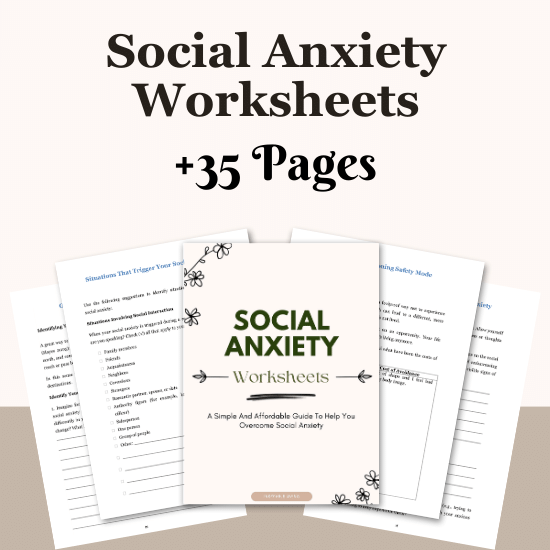
Conclusion
Each time you stay calm in a stressful moment or return to regulation after dysregulation, recognize it. These small moments build the foundation of long-term safety from the inside out.
